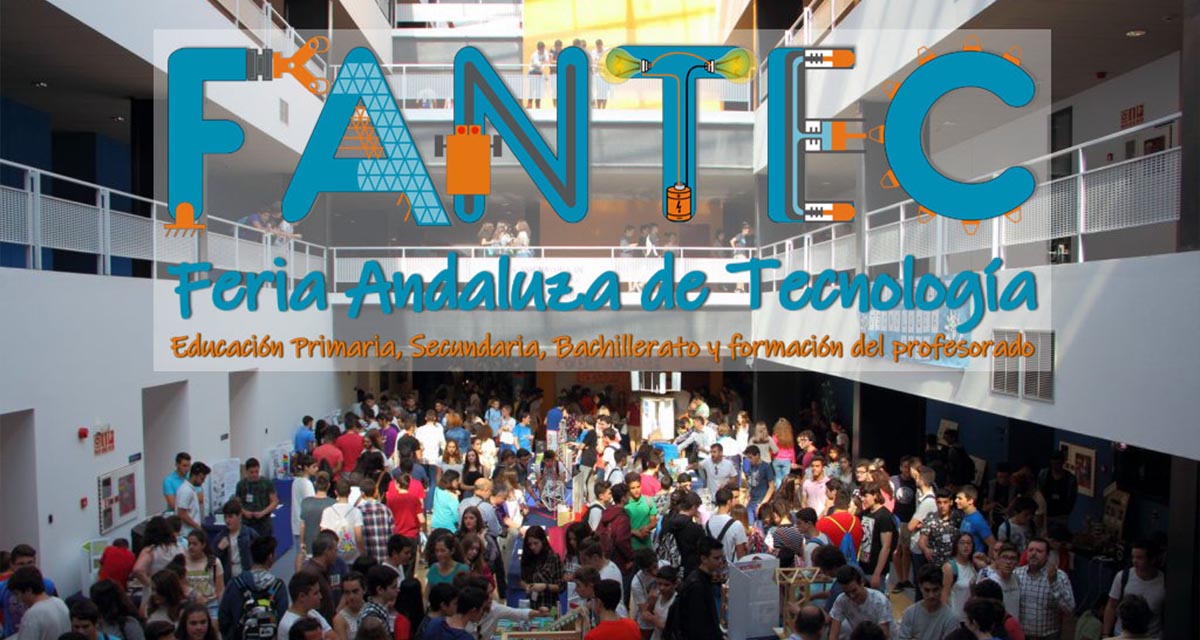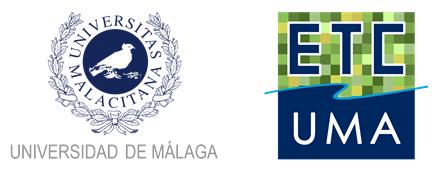Overview of recent work and access to online publications and resources
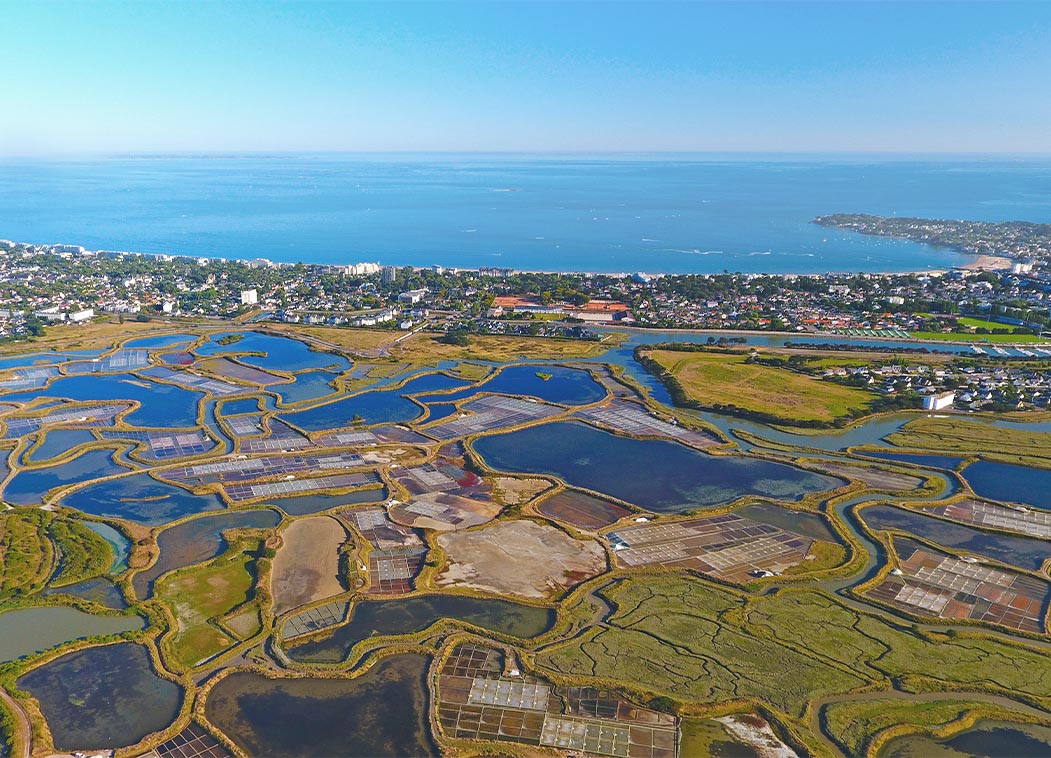
RESTORE4Cs 1st Policy Brief: How can coastal wetlands help achieve EU climate goals?
The first RESTORE4Cs Policy Brief of RESTORE4Cs, “How can coastal wetlands help achieve EU climate goals?“, highlights the importance of European coastal wetlands for reducing Greenhouse Gas emissions. The key messages of the first RESTORE4Cs Policy Brief include: Coastal wetlands are important natural carbon stores, ...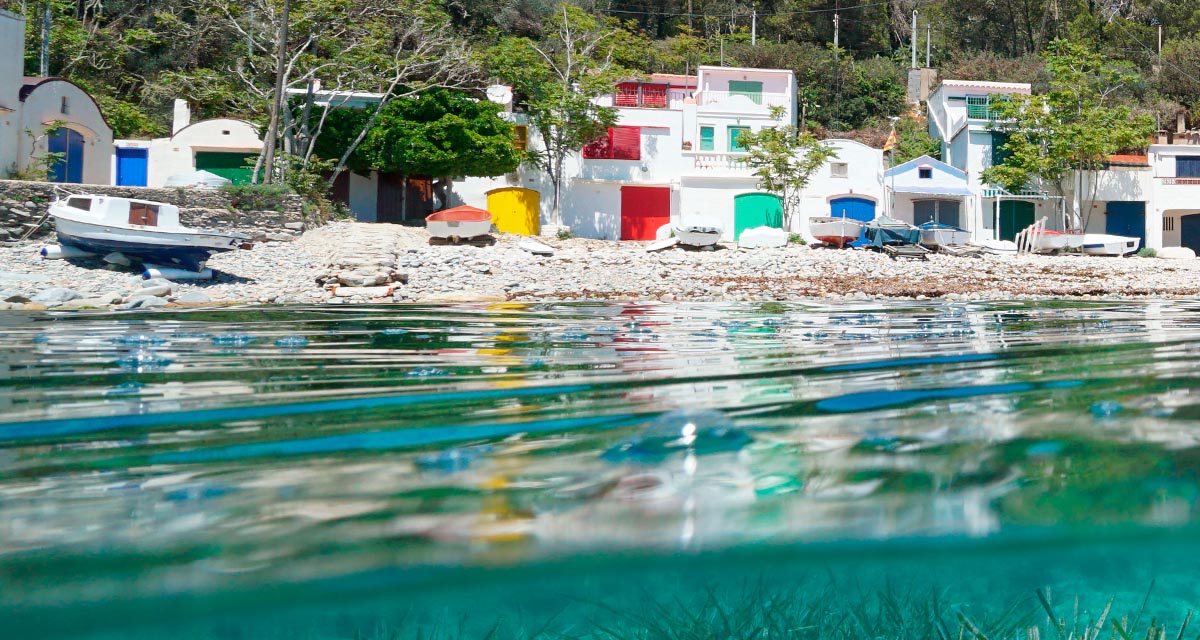
Mapping the Impact of Blue Tourism in the Mediterranean
The IUCN Centre for Mediterranean Cooperation with the support of ETC-UMA in the framework of the Blue Tourism Initiative, has released a comprehensive report entitled “Mapping the Impact of Blue Tourism in the Mediterranean: Vulnerability Assessment of Coastal and Marine ...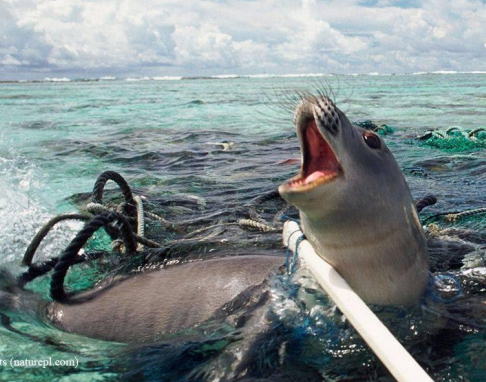
Brief update of the MedBioLitter database version 10 updated in January 2023
The MedBioLitter knowledge base is an entry-point to the peer reviewed research evidence published on the impacts of marine litter on marine biota in the Mediterranean region. This knowledge base was created in 2017, under the Interreg-Med funded initiative PANACeA ...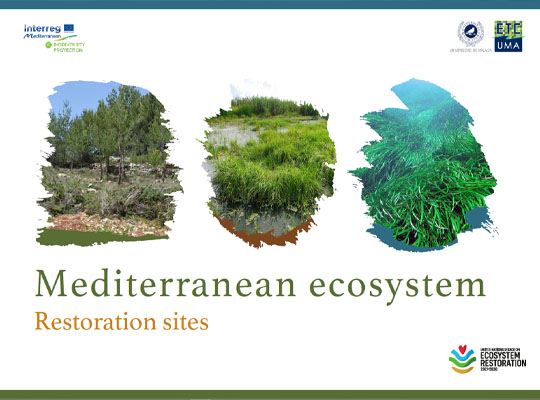
Mediterranean ecosystem restoration sites
In the frame of its strategic activities in the Mediterranean region, ETC-UMA as coordinator of the Mediterranean Biodiversity Protection Community (MBPC) has joined the Task Force on Best Practices on Ecosystem Restoration and committed to use its network of practitioners ...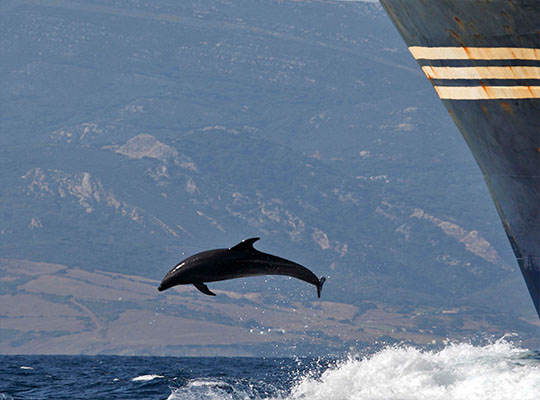
Supporting cetacean conservation in the Pelagos Sanctuary
A new report has been presented today, 18 November 2022, online in the frame of the cooperation between the Pelagos Permanent Secretariat and the Mediterranean Biodiversity Protection Community (MBPC), a project led by ETC-UMA. The new report, entitled Pathways to ...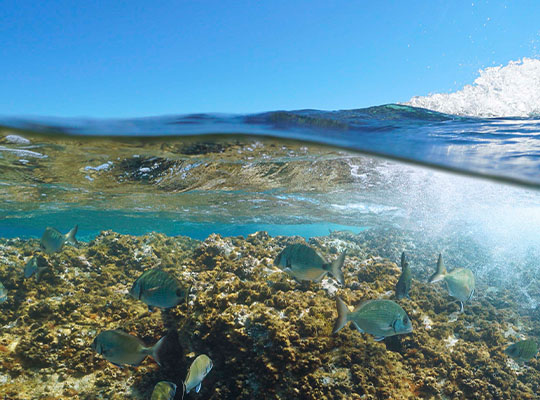
An assessment of marine biodiversity protection in the Mediterranean Sea: A threatened global biodiversity hotspot
The Mediterranean Sea is a World’s biodiversity hotspot. It harbours around 11% of all marine species in less than 1% of the global marine area (Bianchi & Morri, 2000). Furthermore, around 20% of those species are endemic (Coll et al., ...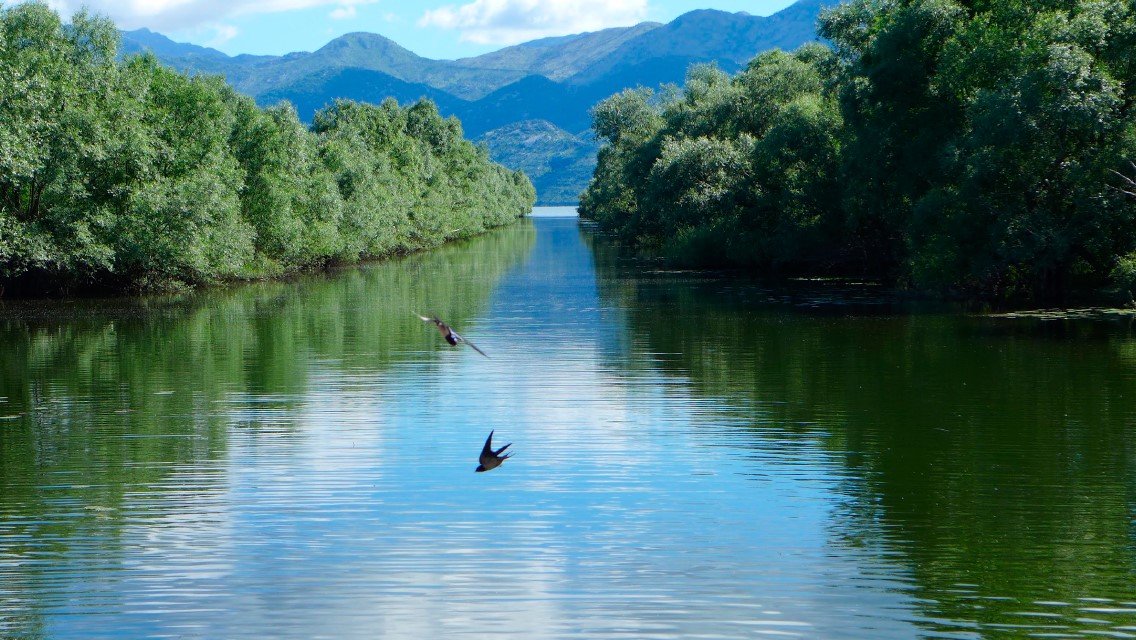
Mediterranean wetlands – their current state and ways to improve their conservation
The recent report entitled “Mapping and assessment of the state of wetland ecosystems: a Mediterranean perspective” led by ETC-UMA, in the frame of the Mediterranean Biodiversity Protection Community initiative co-funded by the EU Interreg Mediterranean programme, is the result of ...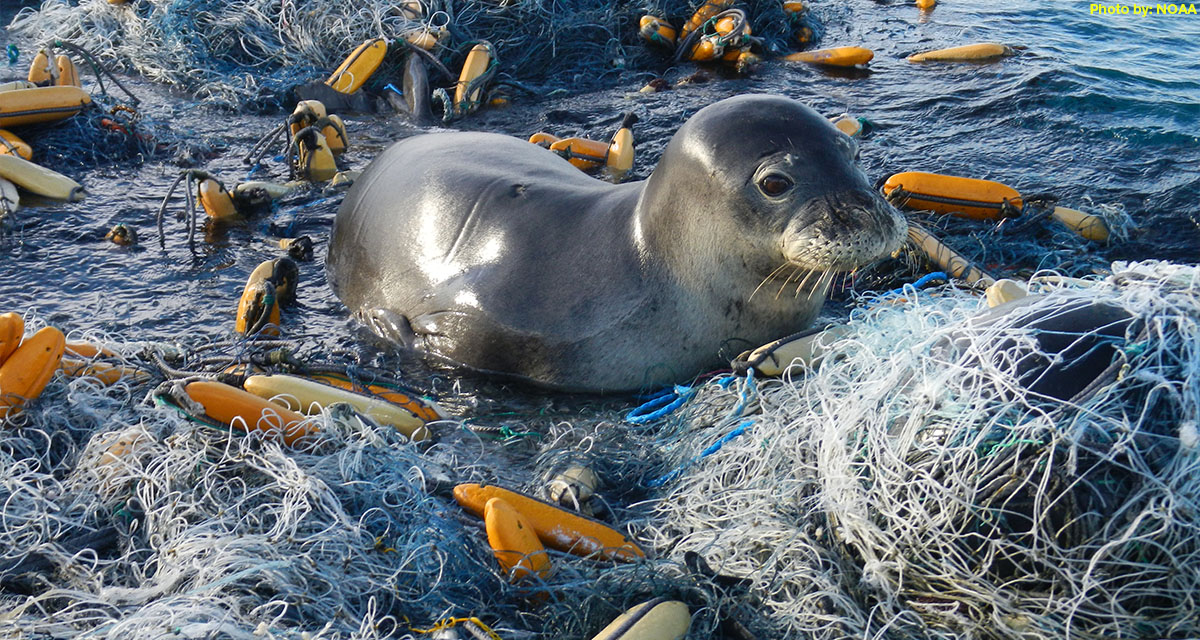
ETC-UMA issues new report on the impacts of litter on Mediterranean marine species
On the occasion of the workshop organized by IUCN and Région Sud in collaboration with its CPMR partner, the ETC-UMA Director, Dania Abdul Malak is presenting today 1 April 2022 a highlight on the wide range of actions required to ...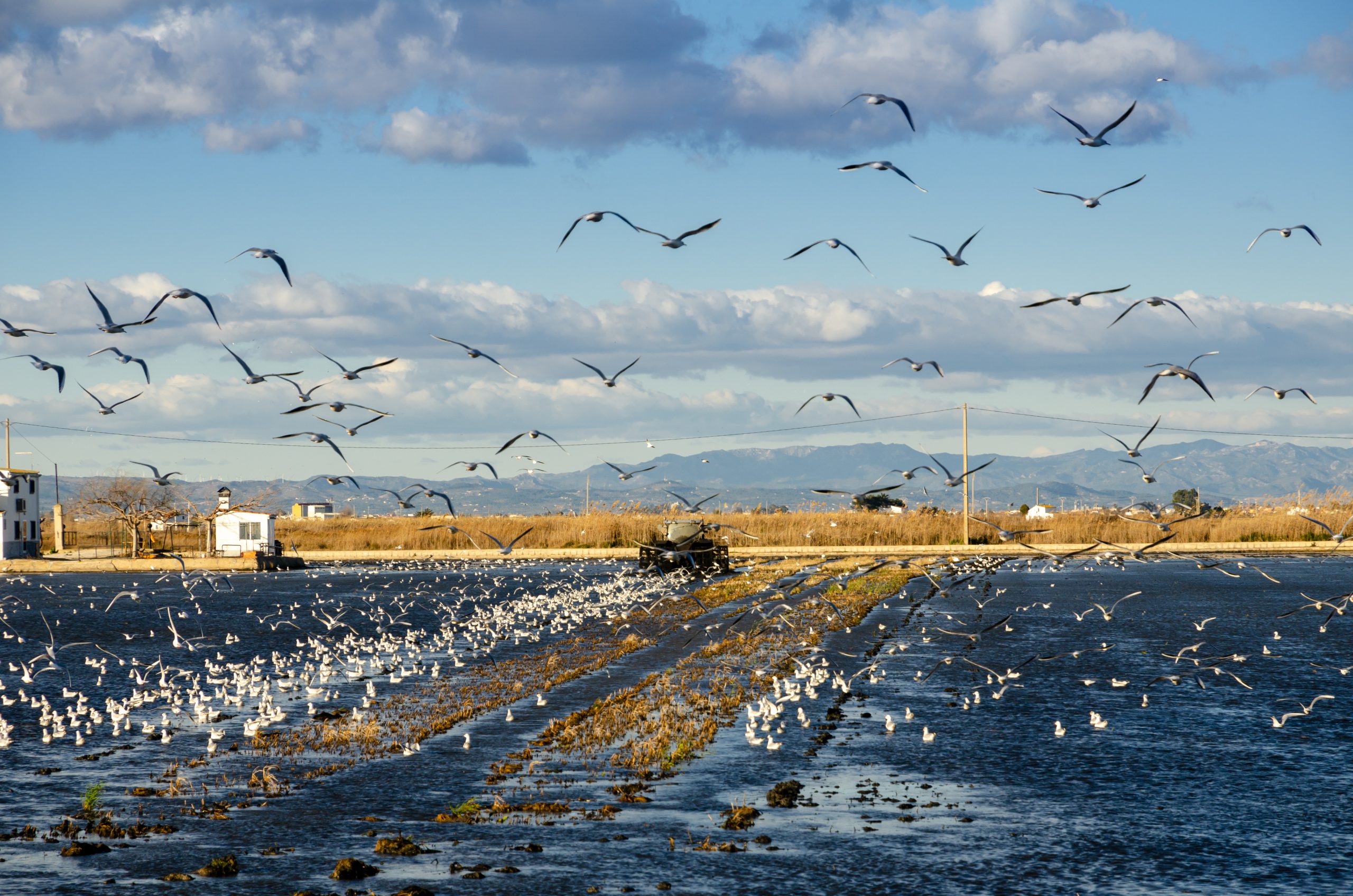
The role of healthy wetlands in fighting climate change
The new report developed by the ETC-UMA (University of Malaga), as partner of the European Topic Centre on Urban, Land and Soil Systems (ETC/ULS) has shed light on the role of healthy wetland habitats in the carbon cycle and the ...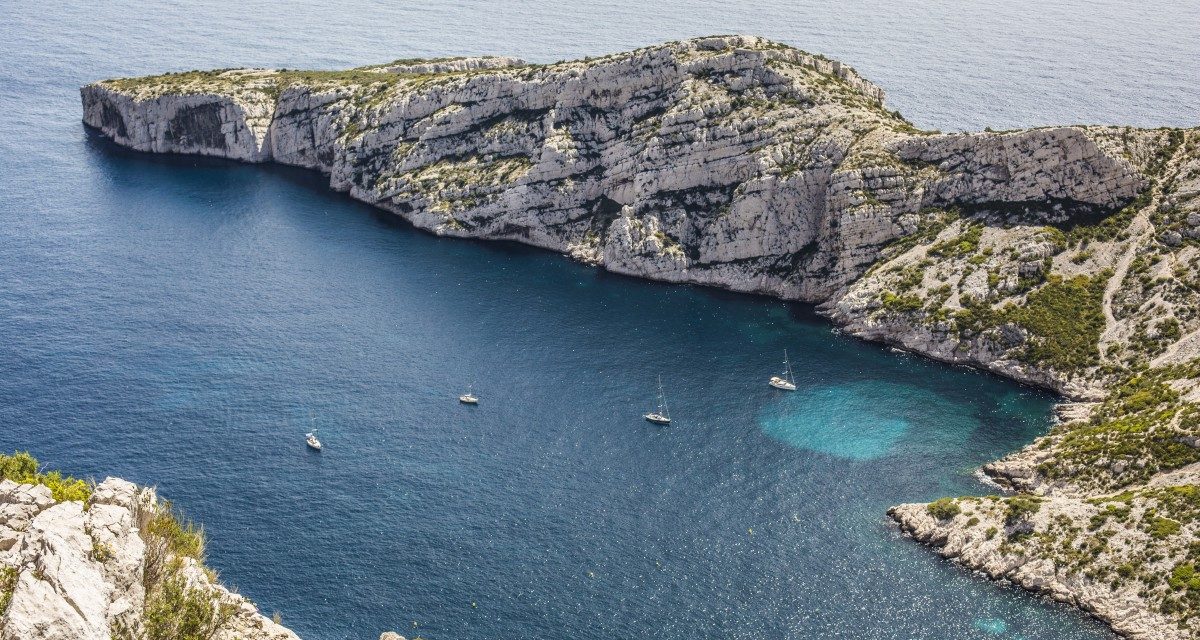
A Mediterranean snapshot on what we have and how to protect it
The report on the State of the Environment and Development in the Mediterranean (SoED) published in November 2020 warns that the Mediterranean basin is facing escalating environmental and developmental challenges: warming 20% faster than other regions, with 78% of fishing stocks subject ...
Mapping and Assessment of Ecosystems and their Services: An EU ecosystem assessment
This report presents an ecosystem assessment covering the total land area of the EU as well as the EU marine regions. The assessment is carried out by Joint Research Centre, European Environment Agency, DG Environment, and the European Topic Centres ...
MedBioLitter: an open database on marine litter and biodiversity science
An open database and spatial geoportal on current scientific knowledge related to marine litter and biodiversity interactions in the Mediterranean region. ...Check all our resources
You can access additional resources and publications per year through our engine below
Presentations
Mancosu, E.
Land Use Change Scenarios for Black Sea Catchment. 4th Bi-annual Black Sea Scientific Conference. Presentation
01.03.2013.
Links | BibTeX | Tags: Climate Change, EnviroGRIDS, Geotechnology, Land and soil
@misc{Mancosu2013,
title = {Land Use Change Scenarios for Black Sea Catchment. 4th Bi-annual Black Sea Scientific Conference.},
author = {E. Mancosu},
url = {/wp-content/uploads/publications/Poster_4BSScientificConference_BS-GES_E_Mancosu.pdf},
year = {2013},
date = {2013-03-01},
keywords = {Climate Change, EnviroGRIDS, Geotechnology, Land and soil},
pubstate = {published},
tppubtype = {presentation}
}
Mancosu, E.; de Bono, A.; Gago-Silva, A.
Setting the scene for the future of the Black Sea catchmen Presentation
01.03.2013.
Links | BibTeX | Tags: Climate Change, EnviroGRIDS, Geotechnology
@misc{Mancosu2013b,
title = {Setting the scene for the future of the Black Sea catchmen},
author = {E. Mancosu and A. de Bono and A. Gago-Silva},
url = {/wp-content/uploads/publications/Presentation_WP3_Mancosu_UMA_22032013.pdf},
year = {2013},
date = {2013-03-01},
keywords = {Climate Change, EnviroGRIDS, Geotechnology},
pubstate = {published},
tppubtype = {presentation}
}
Technical Reports
Mancosu, E.
The enviroGRIDS scenarios Technical Report
EnviroGRIDS 2012.
Abstract | Links | BibTeX | Tags: Climate Change, EnviroGRIDS, Geotechnology
@techreport{Mancosu2012,
title = {The enviroGRIDS scenarios},
author = {E. Mancosu},
url = {http://envirogrids.net/indexe649.html?option=com_jdownloads&Itemid=13&view=view.download&catid=12&cid=137 / http://envirogrids.net/envirogrids_d3.8_scenariosbd3b.pdf?option=com_jdownloads&Itemid=13&view=finish&cid=137&catid=12},
year = {2012},
date = {2012-04-24},
institution = {EnviroGRIDS},
abstract = {The enviroGRIDS scenarios comprise a number of plausible alternatives (storylines) based on a coherent set of assumptions, key relationships and driving forces, to create a set of quantitative,
internally consistent and spatially explicit scenarios of future demography, climate and land use (LU) covering the entire Black Sea Catchment (BSC).
The aim of this report is to describe the technical specification of the final scenarios, the source data used and the different methodologies applied on each of them. We describe how the different sources were used and integrated in order to obtain the four alternatives storylines (HOT, ALONE, COOP and COOL), for a yearly time series from 2008 to 2050. The method applied to obtain the demographic growth according to the different storyline for the same time series is also described. Furthermore we describe also the results of the spatially explicit scenarios on climate change for the BSC (Task 3.6) of WP3, for a daily precipitation and temperature time series between 2071 and 2100.},
keywords = {Climate Change, EnviroGRIDS, Geotechnology},
pubstate = {published},
tppubtype = {techreport}
}
internally consistent and spatially explicit scenarios of future demography, climate and land use (LU) covering the entire Black Sea Catchment (BSC).
The aim of this report is to describe the technical specification of the final scenarios, the source data used and the different methodologies applied on each of them. We describe how the different sources were used and integrated in order to obtain the four alternatives storylines (HOT, ALONE, COOP and COOL), for a yearly time series from 2008 to 2050. The method applied to obtain the demographic growth according to the different storyline for the same time series is also described. Furthermore we describe also the results of the spatially explicit scenarios on climate change for the BSC (Task 3.6) of WP3, for a daily precipitation and temperature time series between 2071 and 2100.
Barbosa, A.; Mancosu, E.; Gago-Silva, A.; de Bono, A.; Lehmann, A.; Mierla, M.; Hanganu, J.; Littkopf, A.
Proposed land use scenario analysis, model input parameters and allocation rules Technical Report
EnviroGRIDS 2011.
Abstract | Links | BibTeX | Tags: Climate Change, EnviroGRIDS, Geotechnology, Land and soil
@techreport{Barbosa2011,
title = {Proposed land use scenario analysis, model input parameters and allocation rules},
author = {A. Barbosa and E. Mancosu and A. Gago-Silva and A. de Bono and A. Lehmann and M. Mierla and J. Hanganu and A. Littkopf},
url = {http://envirogrids.net/indexa4c5.html?option=com_jdownloads&Itemid=13&view=view.download&catid=12&cid=120 / http://envirogrids.net/envirogrids_d3_7a10b.pdf?option=com_jdownloads&Itemid=13&view=finish&cid=120&catid=12},
year = {2011},
date = {2011-07-06},
institution = {EnviroGRIDS},
abstract = {The enviroGRIDS scenarios comprise a number of plausible alternatives (storylines) based on a coherent set of assumptions, key relationships and driving forces, to create a set of quantitative, internally consistent and spatially explicit scenarios of future demography, climate and land use covering the entire Black Sea Catchment (BSC).
This report presents the analyses of the land use scenarios, a review of the combined method used to quantify the enviroGRIDS land use demand and the disaggregation of the global scenarios at a regional scale. Global land use demand was obtained from IMAGE 2.2 and disaggregated at regional (NUTS2) level. Afterwards a cellular automaton based land use model was applied to allocate the land use demands at local level. Land use allocation rules were assigned based on the scenario storylines and local decision rules. As a result, four alternative land use scenarios were derived: BS HOT, BS ALONE, BS COOP and BS COOL. The designation of allocation rules introduces local decisions based not only on the scenario storylines and expert knowledge but also on historical land use patterns. The method used can fill the gap between the global and regional scales and consequently translate land use patterns at various spatial levels.},
keywords = {Climate Change, EnviroGRIDS, Geotechnology, Land and soil},
pubstate = {published},
tppubtype = {techreport}
}
This report presents the analyses of the land use scenarios, a review of the combined method used to quantify the enviroGRIDS land use demand and the disaggregation of the global scenarios at a regional scale. Global land use demand was obtained from IMAGE 2.2 and disaggregated at regional (NUTS2) level. Afterwards a cellular automaton based land use model was applied to allocate the land use demands at local level. Land use allocation rules were assigned based on the scenario storylines and local decision rules. As a result, four alternative land use scenarios were derived: BS HOT, BS ALONE, BS COOP and BS COOL. The designation of allocation rules introduces local decisions based not only on the scenario storylines and expert knowledge but also on historical land use patterns. The method used can fill the gap between the global and regional scales and consequently translate land use patterns at various spatial levels.
Ivanov, E.; Barbosa, A.
Existing scenarios and data compilation on integrated scenarios using demographic, climatic, land cover from global and Black Sea Basin studies Technical Report
EnviroGRIDS 2010.
Abstract | Links | BibTeX | Tags: Climate Change, EnviroGRIDS, Geotechnology
@techreport{Ivanov2010,
title = {Existing scenarios and data compilation on integrated scenarios using demographic, climatic, land cover from global and Black Sea Basin studies},
author = {E. Ivanov and A. Barbosa},
url = {http://envirogrids.net/index8f0c.html?option=com_jdownloads&Itemid=13&view=view.download&catid=12&cid=100 / http://envirogrids.net/envirogrids_d343644.pdf?option=com_jdownloads&Itemid=13&view=finish&cid=100&catid=12},
year = {2010},
date = {2010-09-25},
journal = {EnviroGRIDS},
pages = {70},
institution = {EnviroGRIDS},
abstract = {This report presents an overview of different existing scenarios for the territory of the Black Sea Basin. Main sources include the IPCC, GSG and GEO scenarios. They are global scenarios with either country or broaderregion calculations of future changes, like plausible changes for Western Europe, Eastern Europe and the Middle East. Consequently, a number of driving forces were extracted and shortly presented in graphs outlining the trajectories of most plausible changes in the Black Sea Basin. Storyline descriptions per group of country were developed following the IPCC approach and applying the existing predictions of future GDP and population density numbers. The report concludes with an overview of integrated tools for environmental scenario development.},
keywords = {Climate Change, EnviroGRIDS, Geotechnology},
pubstate = {published},
tppubtype = {techreport}
}
Barbosa, A.; Ivanov, E.; Mancosu, E.; Hanganu, J.
Land cover model inputs and efficient data model with possibilities to be updated Technical Report
EnviroGRIDS 2010.
Links | BibTeX | Tags: Climate Change, EnviroGRIDS, Geotechnology, Land and soil
@techreport{Barbosa2010,
title = {Land cover model inputs and efficient data model with possibilities to be updated},
author = {A. Barbosa and E. Ivanov and E. Mancosu and J. Hanganu},
editor = {Autonomous University of Barcelona},
url = {http://envirogrids.net/indexae9e.html?option=com_jdownloads&Itemid=13&view=view.download&catid=12&cid=33},
year = {2010},
date = {2010-03-01},
journal = {enviroGRIDS},
pages = {82},
institution = {EnviroGRIDS},
keywords = {Climate Change, EnviroGRIDS, Geotechnology, Land and soil},
pubstate = {published},
tppubtype = {techreport}
}
Latest news
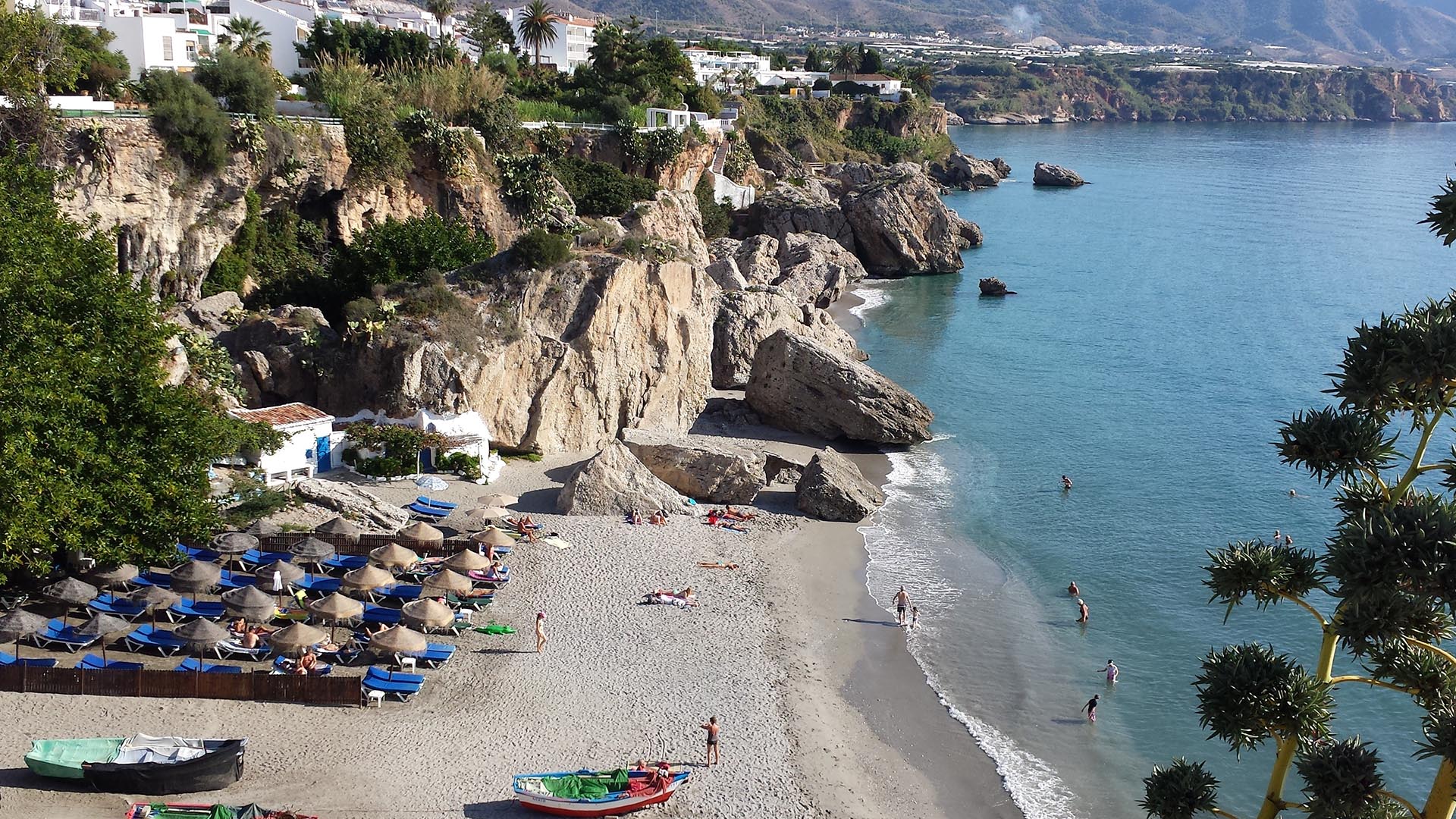
Preparing for a greener and bluer summer 2025
With summer just around the corner, it is this time of the year when many of us get a chance to step back, recharge, and enjoy the outdoors. From ETC-UMA´s side, as we head into the vacation season, we want ...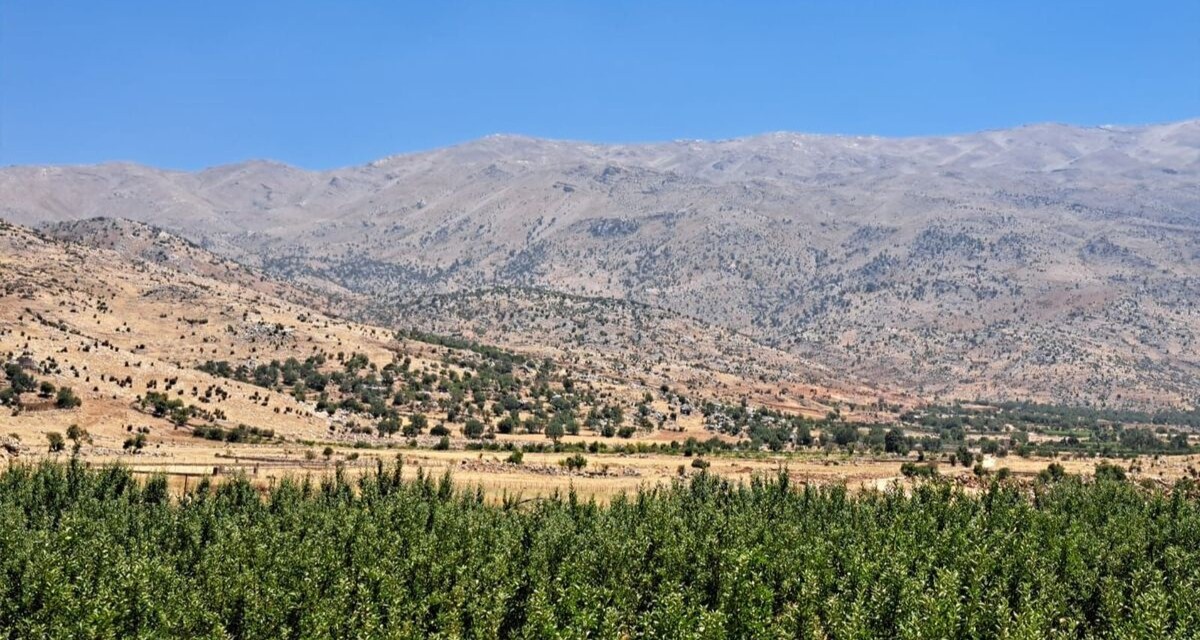
Back in Lebanon with BioConnect: Witnessing nature protection and socioecological resilience in action
As part of ETC-UMA’s role as the external evaluator for the EU-funded BioConnect project, the Centre’s Director, Dania Abdul Malak, carried out a site visit to Lebanon from July 8 to 12 to assess the project’s progress in its third ...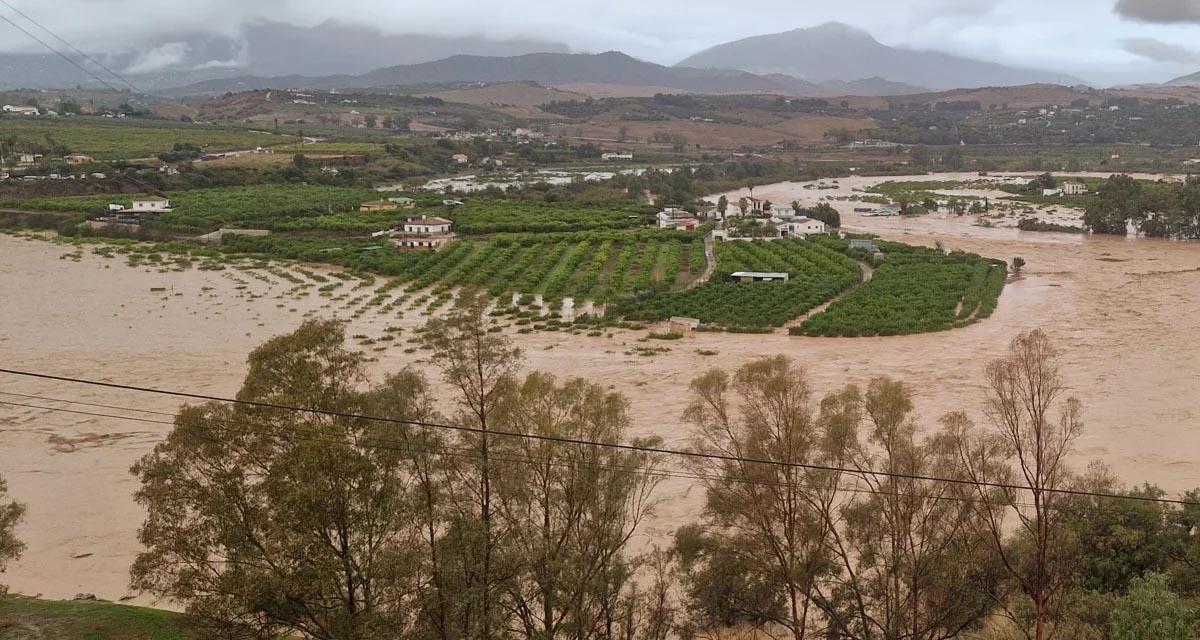
Boosting Climate Resilience: Wetland4Change Project Advances Flood Management Solutions for Mediterranean Coastal Zones
The Mediterranean coastal zone´s combination of multiple severe climate hazards – rising temperatures, water scarcity, sea-level rise, and extreme weather events – makes it a hotspot for highly interconnected climate risks for the ecosystems and societies. Recent catastrophic floods in ...
RESTORE4Cs 1st Policy Brief: How can coastal wetlands help achieve EU climate goals?
The first RESTORE4Cs Policy Brief of RESTORE4Cs, “How can coastal wetlands help achieve EU climate goals?“, highlights the importance of European coastal wetlands for reducing Greenhouse Gas emissions. The key messages of the first RESTORE4Cs Policy Brief include: Coastal wetlands are important natural carbon stores, ...
Mapping the Impact of Blue Tourism in the Mediterranean
The IUCN Centre for Mediterranean Cooperation with the support of ETC-UMA in the framework of the Blue Tourism Initiative, has released a comprehensive report entitled “Mapping the Impact of Blue Tourism in the Mediterranean: Vulnerability Assessment of Coastal and Marine ...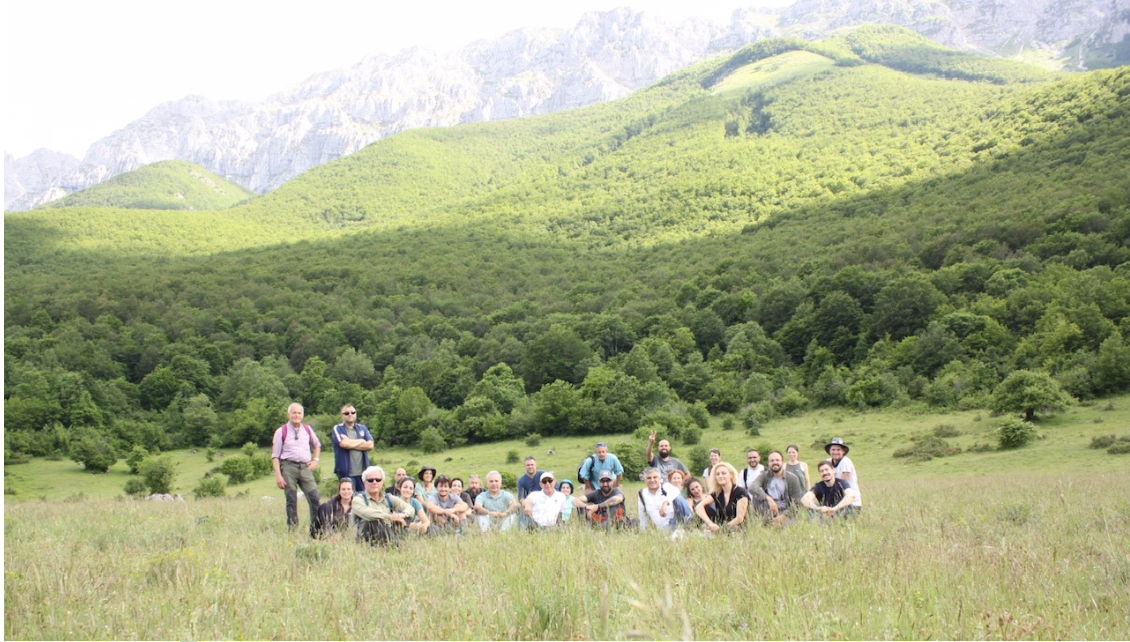
StrategyMedFor Presented at Annual Medforval Meeting 2024
StrategyMedFor was prominently featured at the Annual Medforval Meeting 2024, held from June 5-7 in Fontecchio, Italy. The event brought together 25 practitioners from national parks and natural reserves across 9 Mediterranean countries, providing a valuable platform for StrategyMedFor to ...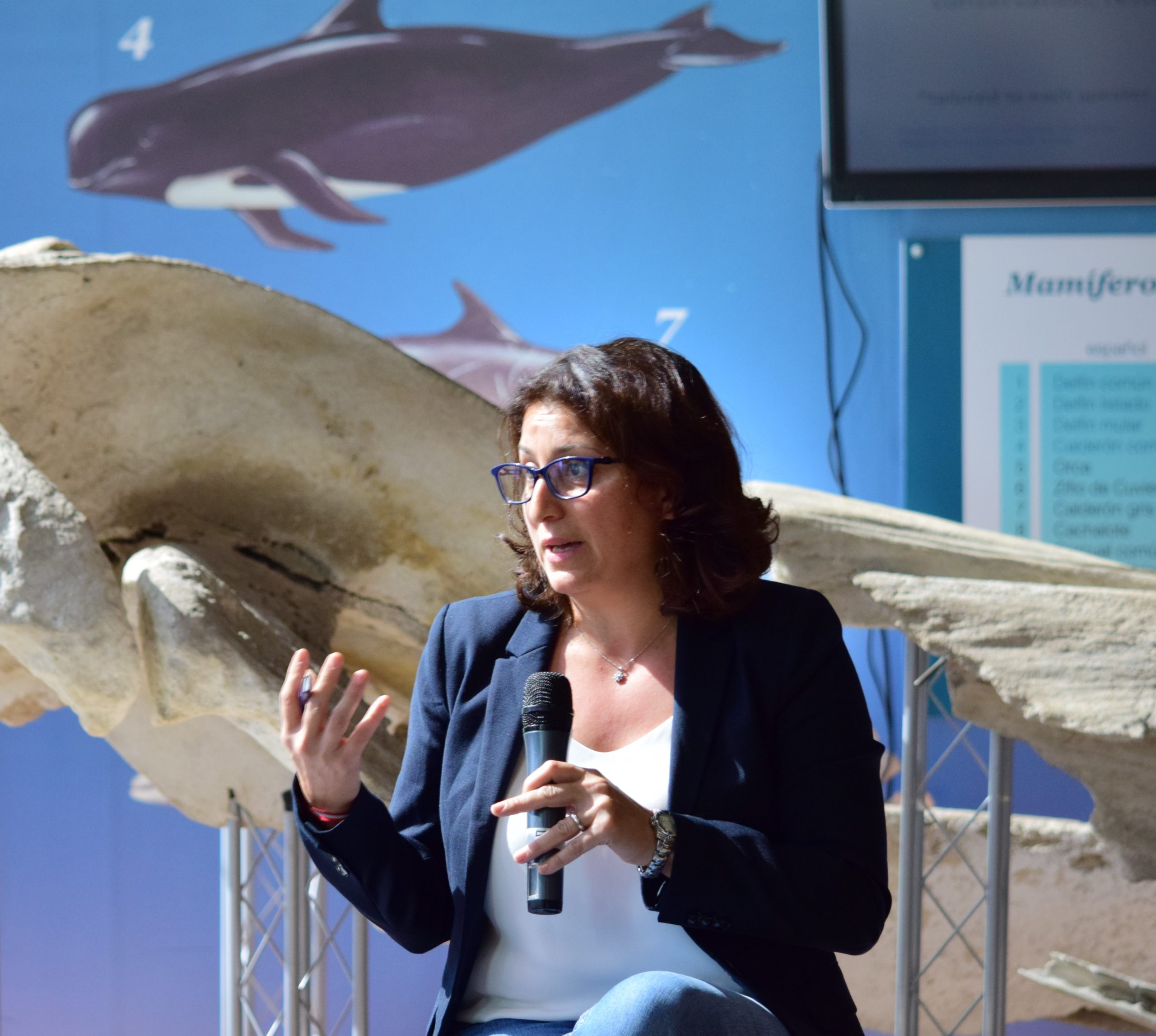
Celebrating leadership in environmental management: an interview with Dania Abdul Malak
From designing integrated ecosystem assessments in Europe and the Mediterranean to transforming outcomes into evidence-based recommendations for regional stakeholders, the European Topic Centre on Spatial Analysis and Synthesis (ETC-UMA) stands as a flagship for territorial cooperation. At the forefront of ...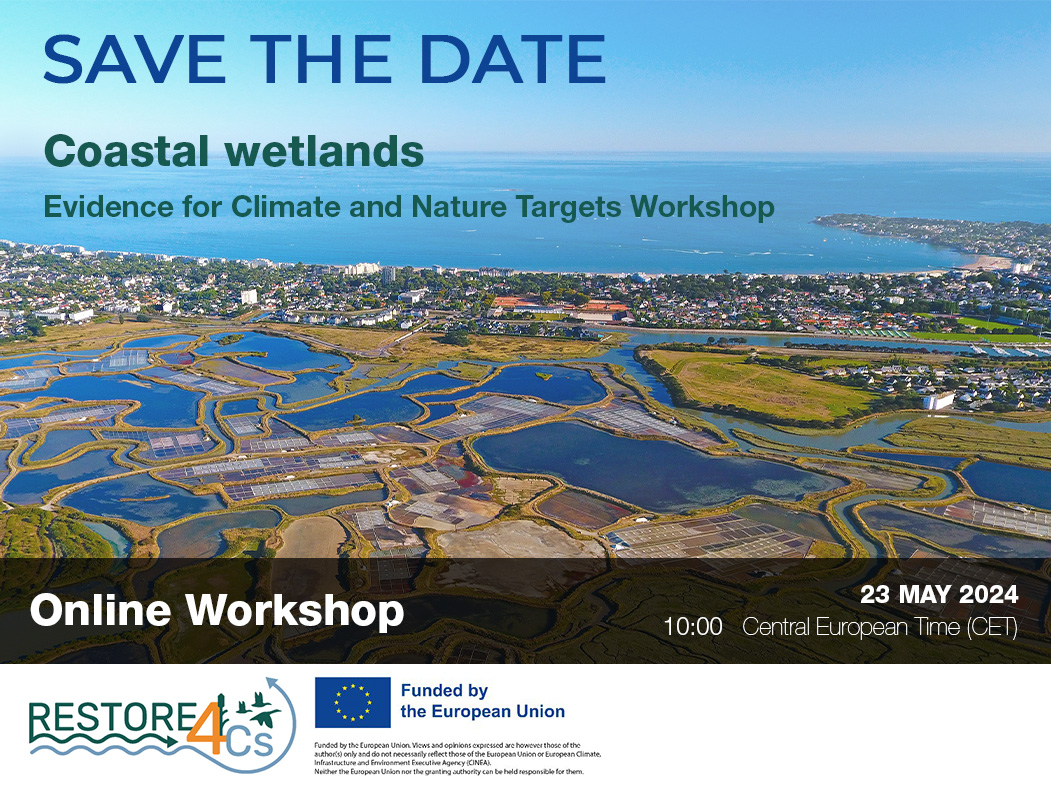
Save the date! Unlocking solutions for coastal conservation in Europe
How can coastal wetlands respond to major European Union objectives such as climate neutrality, biodiversity protection, and pollution reduction? What key role do coastal wetlands play in achieving EU commitments for climate mitigation and biodiversity conservation? The European Topic Centre ...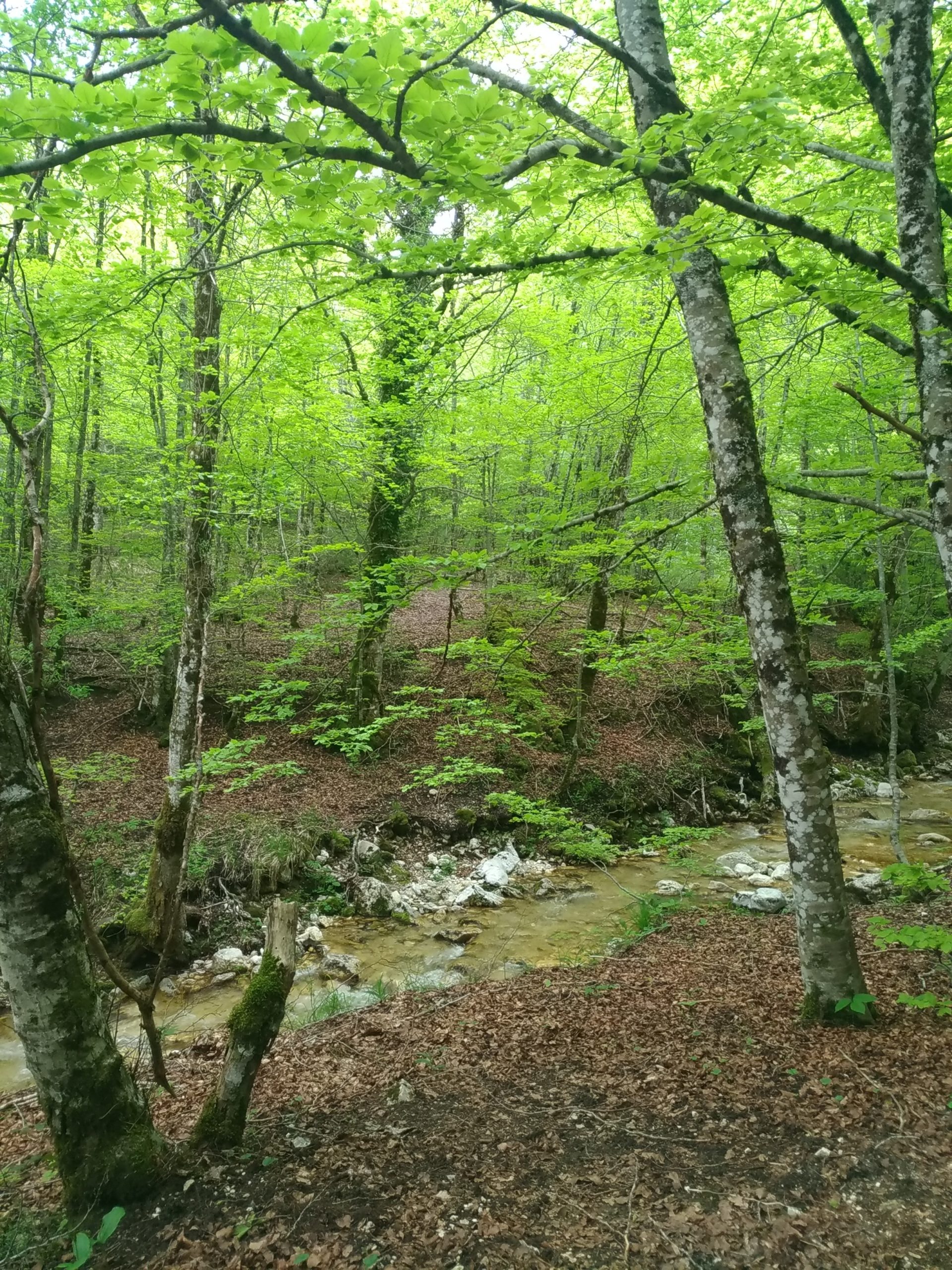
Towards a Strategy for the Sustainable Management of Mediterranean Forests (StrategyMedFor)
The StrategyMedFor project, co-financed by the Interreg Euro-MED programme, was launched at the University of Malaga during a two day meeting that took place on March 18 and 19, 2024. The European Topic Centre on Spatial Analysis and Synthesis (ETC-UMA), ...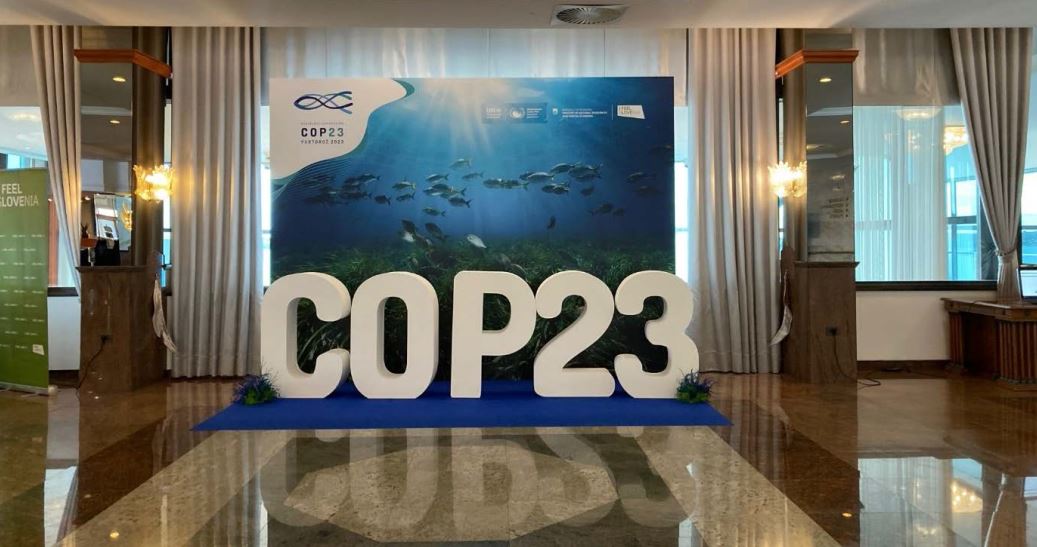
Collaborative science for forests by ETC-UMA showcased in Slovenia during the COP23
As UNEP MAP partner organization, ETC-UMA recently engaged in the organization of a session with Mediterranean institutions under the topic of climate change, entitled: From COASTAL to FOREST ecosystems: Mediterranean Nature-based Solutions to tackle climate change and ensure the Resilience ...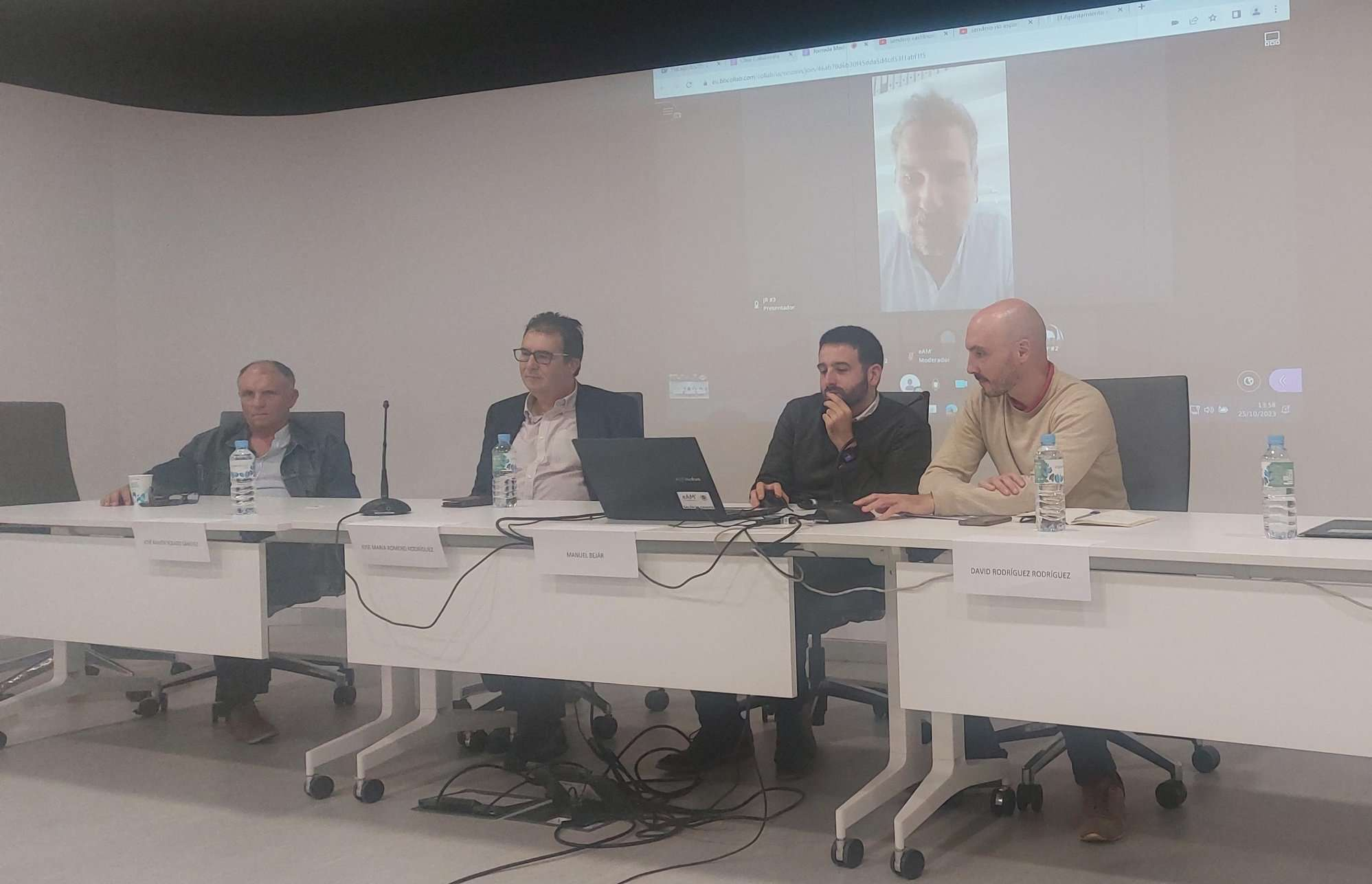
Tools for conserving the Spanish coast
On the initiative of the Instituto Universitario Hábitat Territorio y Digitalización (iHTD) of the University of Malaga, around 70 representatives of Spanish public administrations, researchers, architecture and environmental science players and civil society signed up to the second debate on ...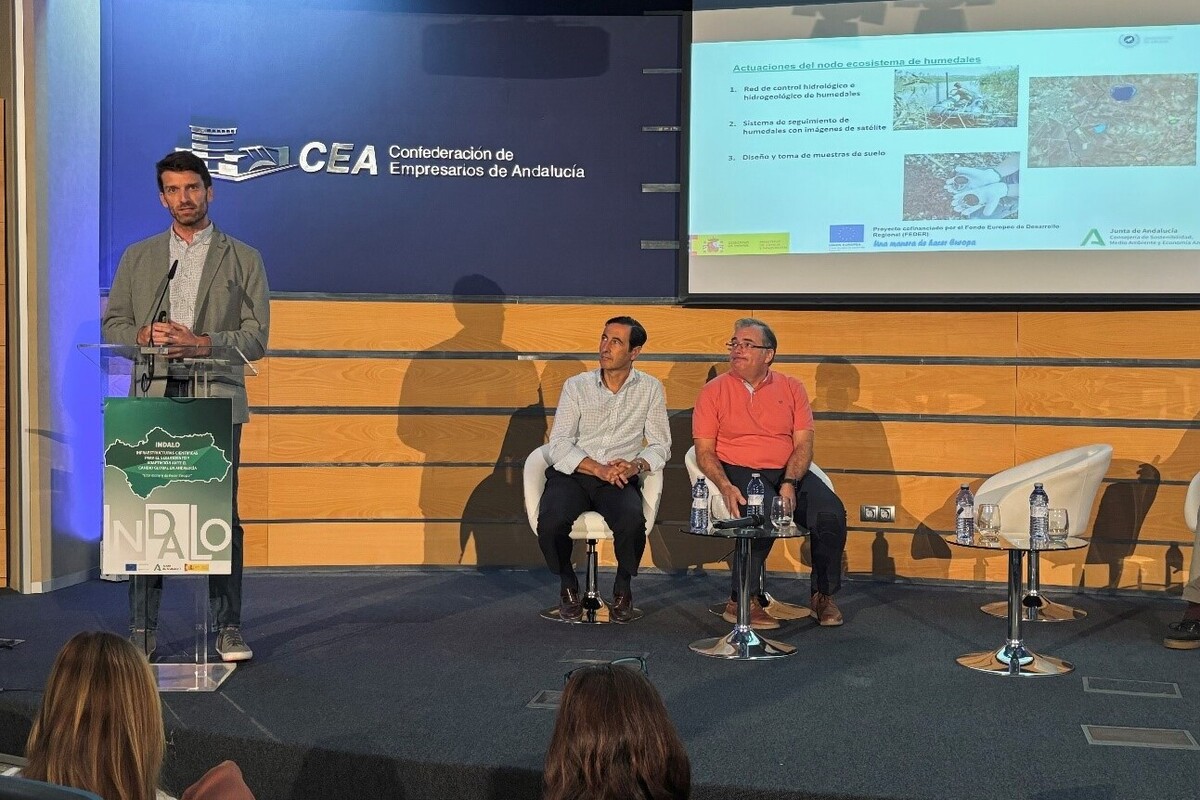
GreenEye System: a cloud-based system to monitor wetlands in Andalusia
Developed in the frame of the LifeWatch INDALO project cofinanced by the European Regional Development Fund (ERDF) for the study of biodiversity and global change in Andalucia, GreenEye System, this new cloud-based monitoring system, provides useful tools for wetlands’ assessment, ...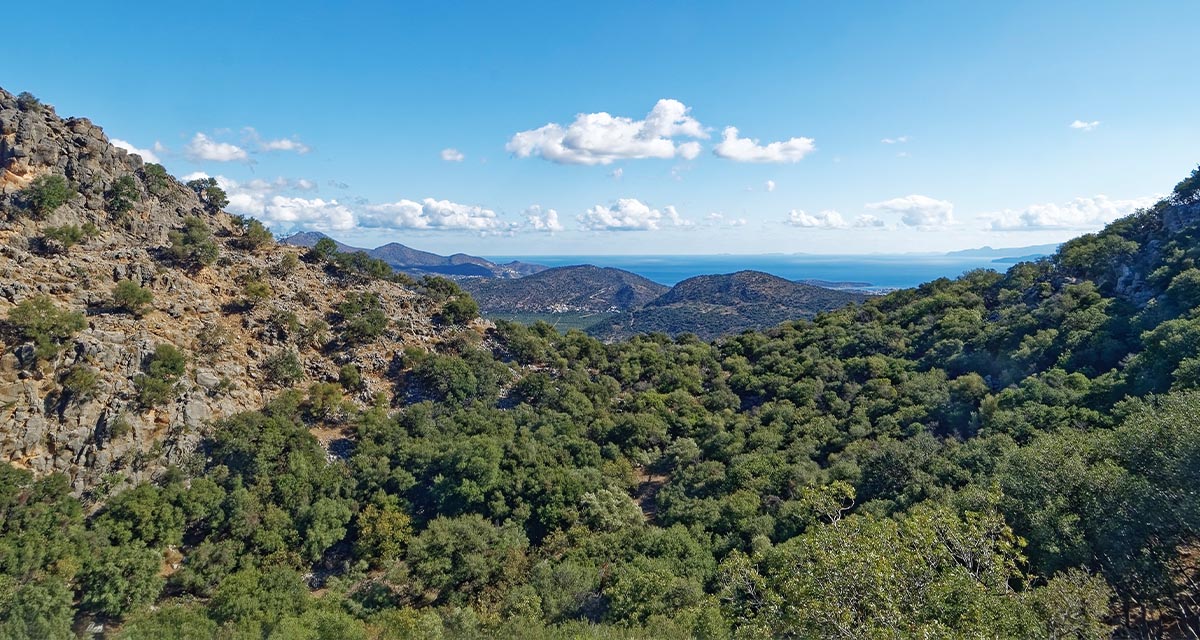
Looking back and forth to Mediterranean Forests
Timely published to enrich the knowledge available to fight fires and climate change challenges after an extremely hot summer, the proceedings of the Seventh Mediterranean Forest Week “Forest and Ecosystem Restoration for the next Mediterranean Generations” held from 21 to ...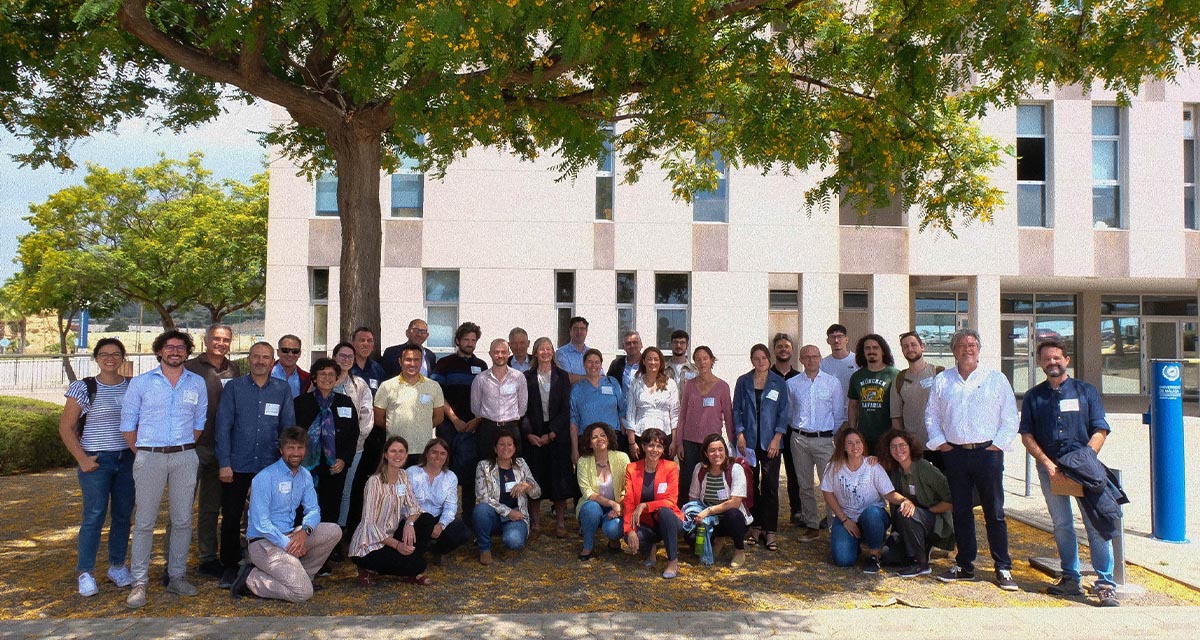
More space for innovative Mediterranean forest data partnerships
The report entitled A knowledge baseline on Mediterranean forests supported by innovation launched in July by ETC-UMA provides a highlight of what Mediterranean countries and institutions are doing to integrate new digital, satellite and Artificial Intelligence technologies into forest monitoring ...